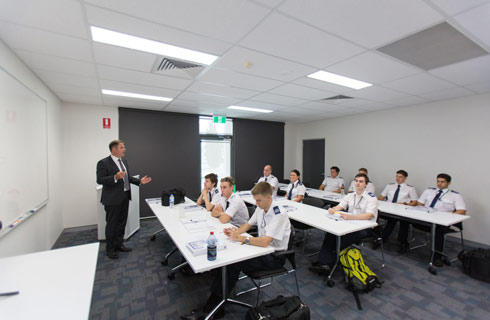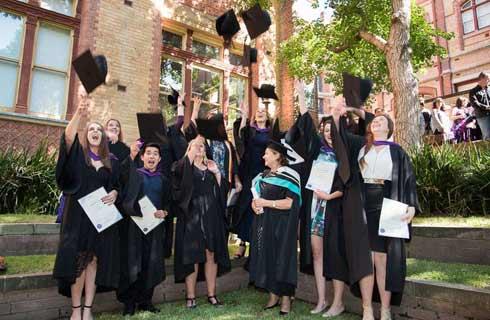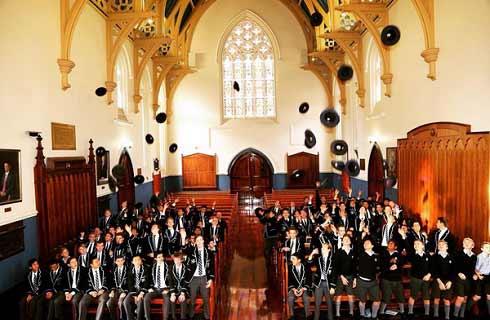- IDP China>
- 课程库>
- 工程与技术>
- 工程>
- 通用计算机工程>
- Doctor of Philosophy in Electrical and Computer Engineering - Computer Engineering
Doctor of Philosophy in Electrical and Computer Engineering - Computer Engineering

学历文凭
Ph.D.

专业院系
Electrical and Computer Engineering

开学时间

课程时长

课程学费

国际学生入学条件
Unofficial transcripts from all prior institutions
Three letters of recommendation
GRE scores (optional but recommended for Fall 2021 Semester)
Official TOEFL/IELTS Scores (International Applicant's Only)
The applicant's own statement of goals, aspirations, and special interests (commonly referred to as the statement of purpose and refers to the applicant's future goals and plans for applying what (s)he learns in the program.
A current resume/CV Minimum GPA requirement is 3.0 on a 4.0 scale. Proof of bachelor's degree must be provided upon acceptance to the program, GRE (optional but recommended for Fall 2021 semester): The average GRE score of successful applicants is: V156, Q166
TOEFL: A minimum score of 90 is required. Minimum TOEFL requirements for international applicants are 600 (paper), 250 (computer), and 90 (IBT). The TOEFL requirement may be waived for students who have received a degree from a university where English is the official language of communication.
IELTS: For students who choose to take the IELTS in lieu of the TOEFL, the minimum score is 7. The IELTS requirement may be waived for students who have received a degree from a university where English is the official language of communication.
IDP—雅思考试联合主办方

雅思考试总分
7.0
- 雅思总分:7
- 托福网考总分:90
- 托福笔试总分:600
- 其他语言考试:Duolingo. A minimum score of 115 is required.
CRICOS代码:
申请截止日期: 请与IDP联系 以获取详细信息。
课程简介
The research in this discipline focuses on many different aspects and touches on virtually every area that CE encompasses. Analog and mixed signal design, including self-healing circuits and large-scale radiating integrated circuits for medical imaging. Computer architecture and embedded systems, like those in biosensors and mobile wireless healthcare and parallel computing for data science algorithms, large-scale storage systems, and resource scheduling for performance, power and QoS. Hardware security and storage, such as the security schemes which are being based on physically unclonable functions. VLSI signal processing focuses on algorithms for wireless communication systems and their efficient mapping to low-power architectures on DSPs, GPUs, ASICs, and ASIPs. Last but not least is biosensors and computer vision smartphones with imaging devices are leading to new areas in computer vision and sensing.
相关申请
 预科
预科 奖学金
奖学金 实习机会
实习机会 在校学习
在校学习 跨境学习
跨境学习 校园授课-线上开始
校园授课-线上开始 在线/远程学习
在线/远程学习
开学时间&学费
学费信息仅供参考,请与IDP联系以获取详细信息
| 开学时间 | 时长 | 学费 | 地点 |
|---|
学校排名

世界排名86
数据源:
泰晤士高等教育世界大学排名
关于莱斯大学

莱斯大学是西南部最好的大学,在整个南部也只有杜克能与其相提并论。多年来以科学、工程、艺术、人类学闻名,并始终秉承低廉的学费与高水平教学并存的态度。建筑学是全美最好的本科项目之一,同时它的空间物理学科与美国国家航空航天局紧密合作。在梅隆研究员项目中,人文和社会科学专业将与教师导师们合作,共同进行学术项目的研究,同时会提供一定的夏季研究津贴。莱斯大学鼓励学生们选双专业、甚至三专业科学与工程学都是最好的学科,因此,这两门学科的竞争也特别的激烈。学校大概有4%的学生选择了双专业。,而且经常是“电气工程”和“艺术史”这种看起来毫不相干的领域相搭配。生物科学是最受欢迎的学科,其次还有运动学,经济学,心理学和英语。
本校相关课程
其他相关课程

计算机工程应用科学学士学位(合作)
 滑铁卢大学
滑铁卢大学学历文凭
Bachelor Degree
开学日期
课程费用总额


电气与计算机工程哲学博士
 达尔豪斯大学
达尔豪斯大学学历文凭
Ph.D.
开学日期
课程费用总额


电气和计算机工程应用科学硕士
 达尔豪斯大学
达尔豪斯大学学历文凭
Masters Degree
开学日期
课程费用总额


电气和计算机工程学硕士
 达尔豪斯大学
达尔豪斯大学学历文凭
Masters Degree
开学日期
课程费用总额


电气与计算机工程哲学博士
 多伦多都会大学
多伦多都会大学学历文凭
Ph.D.
开学日期
课程费用总额


电气和计算机工程学硕士
 多伦多都会大学
多伦多都会大学学历文凭
Masters Degree
开学日期
课程费用总额










 美国
美国





